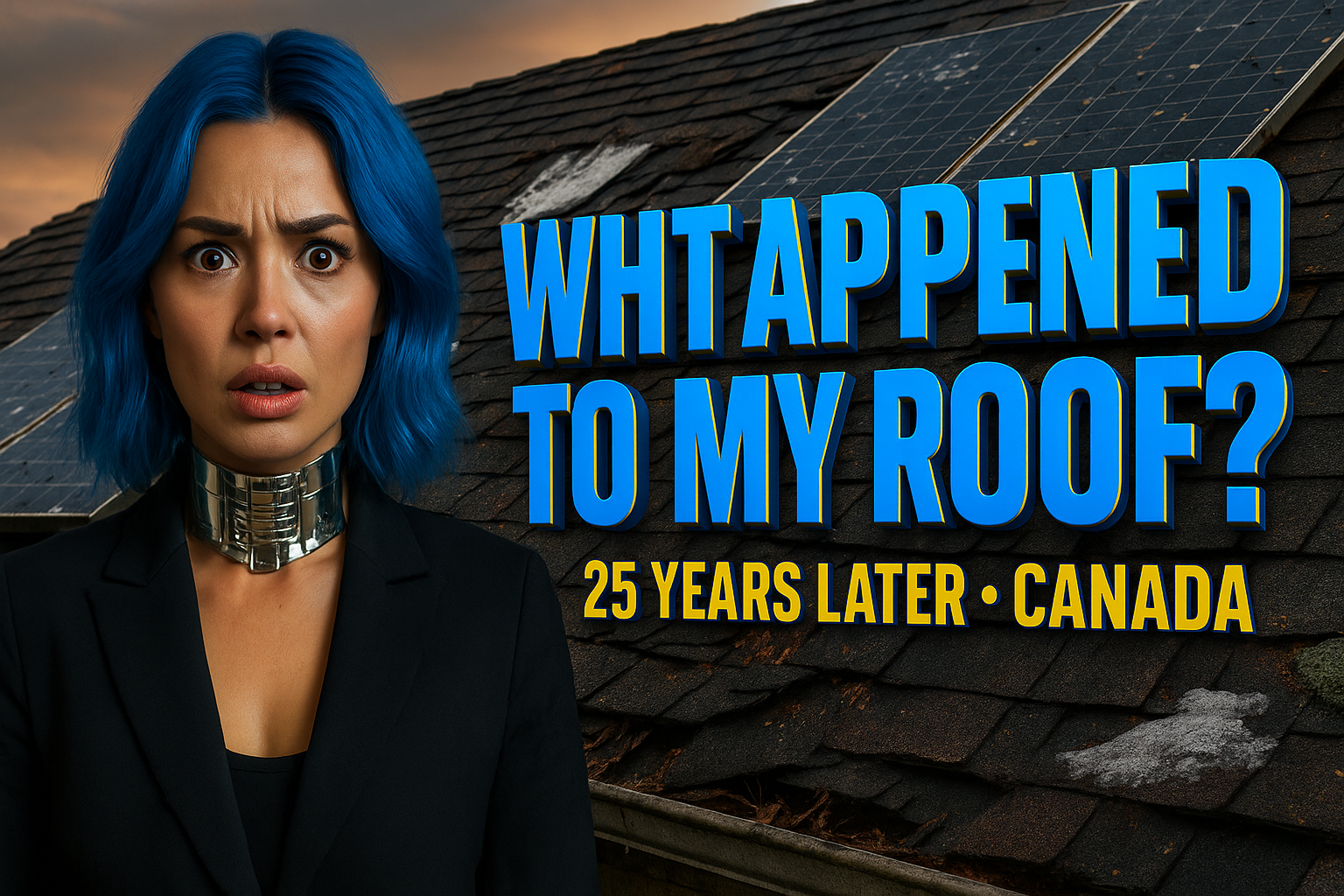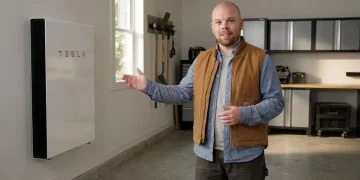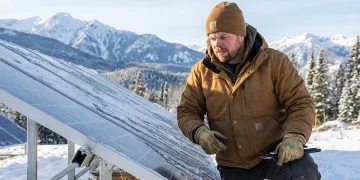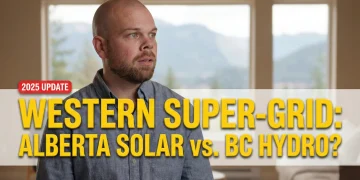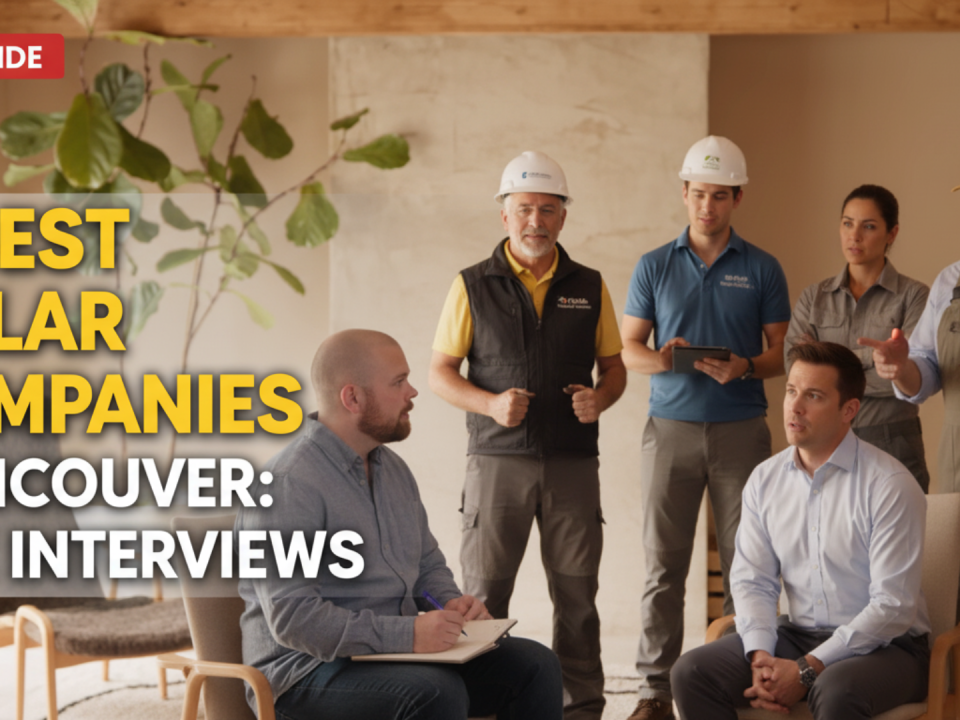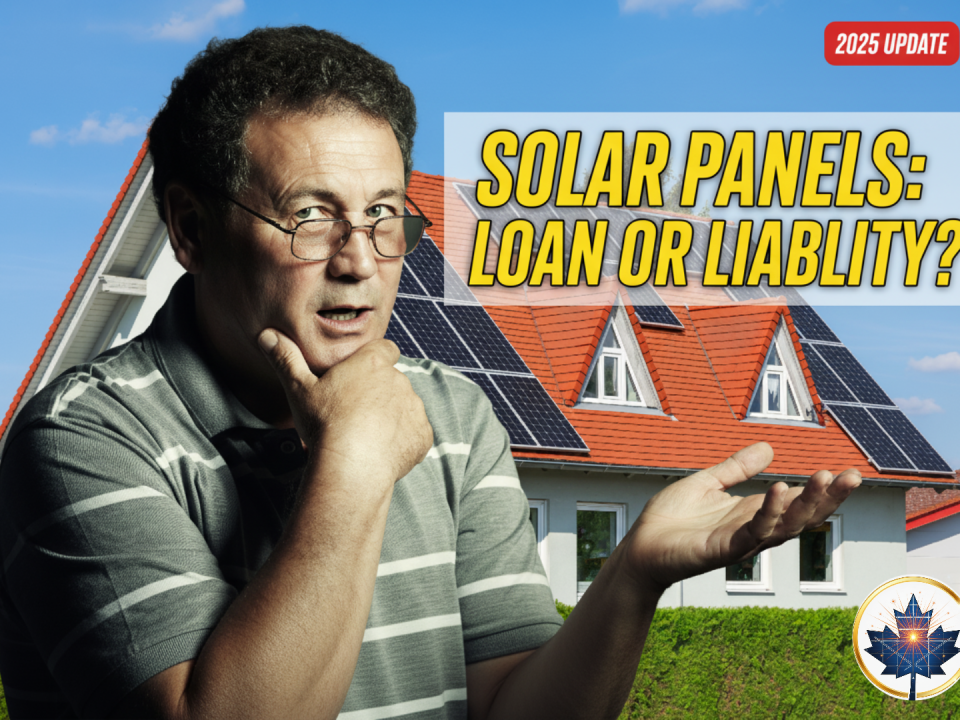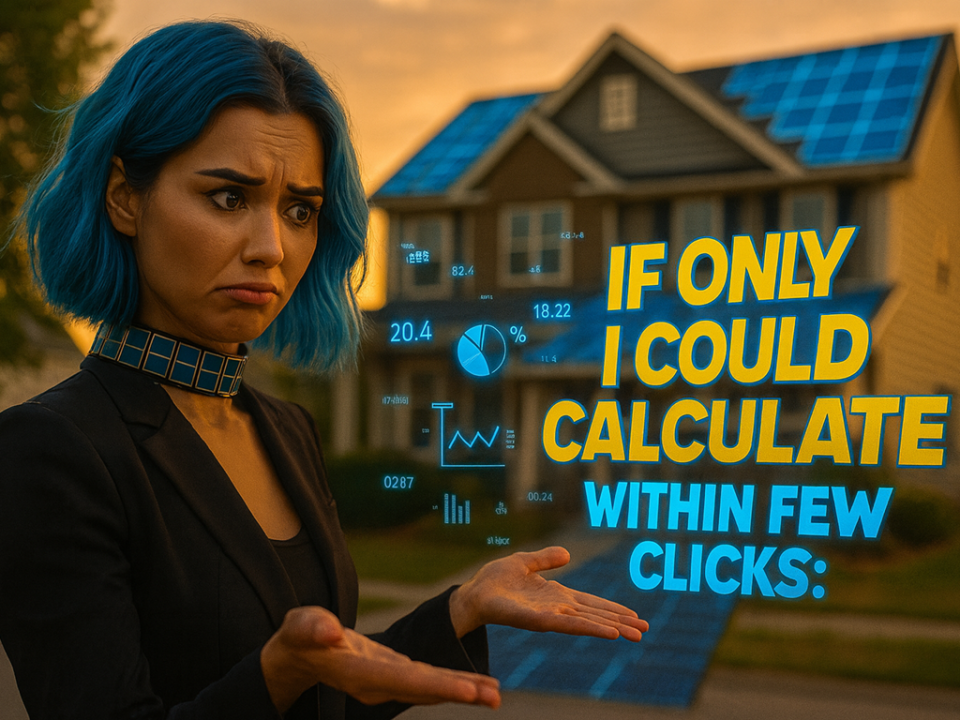
Solar Panels New Brunswick Canada Guide 2025
July 18, 2025
Solar Panels Nunavut Guide 2025
August 5, 2025As the owner of SolarEnergies.ca, one of the first questions I get from homeowners is about the long-term commitment. You see the 25-year warranties and think, “That’s great, but what really happens over two and a half decades? Will the panels still work? And more importantly, what will my roof look like?”
Solar Panel Degradation: What 25 Years of Canadian Weather Really Does
The term “degradation” sounds a bit alarming, but it’s a normal and predictable part of how solar panels work. It simply means that a panel’s ability to convert sunlight into electricity decreases very slowly over time. The key is understanding how slow that process is and what it means for your energy production.

The Numbers: How Fast Do Panels Actually Degrade?
The industry standard for solar panel degradation is between 0.5% and 1% per year. A high-quality monocrystalline panel, which is common for residential installations today, often degrades at the lower end of that spectrum, around 0.3% to 0.5% annually.
What does this look like in practice? A panel that degrades by 0.5% per year will still operate at approximately 87.5% of its original output after 25 years. This is why most Tier-1 manufacturers offer a 25-year performance warranty that guarantees your panels will produce at least 80% to 85% of their initial power rating at the end of that period.
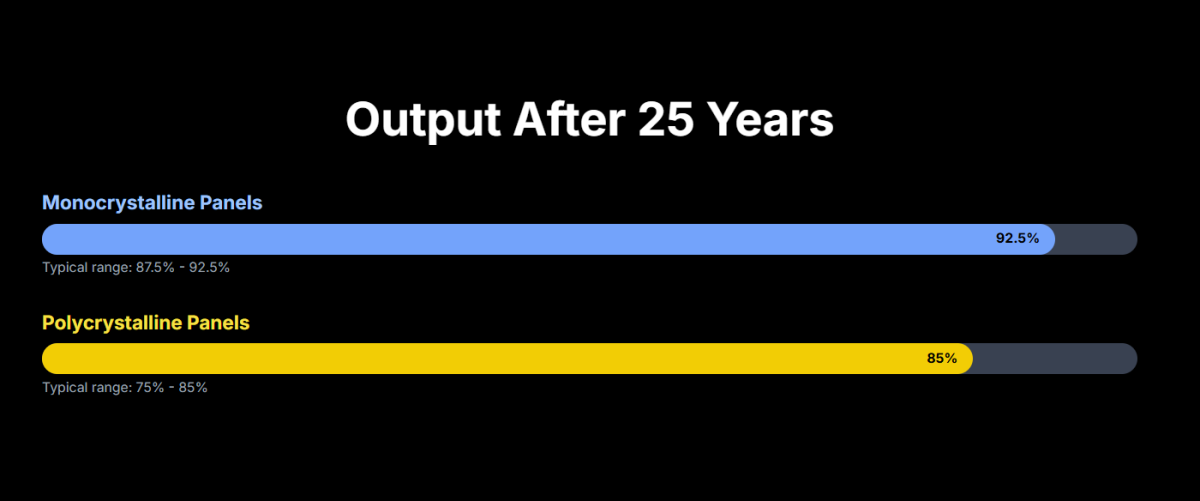
| Panel Type | Average Annual Degradation Rate | Estimated Output After 25 Years |
|---|---|---|
| Monocrystalline Panels | 0.3% – 0.5% | 87.5% – 92.5% |
| Polycrystalline Panels | 0.6% – 1.0% | 75% – 85% |
Canada’s Harsh Climate: The Real Impact of Snow and Ice
Many people assume that Canada’s cold, snowy winters are bad for solar panels. The truth is, solar panels are actually more efficient in cold temperatures. The cold improves the conductivity of the materials inside. The real challenges are not the cold itself, but the physical effects of snow and ice.
- Heavy Snow: A thick blanket of snow will block sunlight and stop energy production. Studies have shown this can lead to an annual energy loss of about 4-6% in Canada, which is less than most people think because of reduced daylight hours in winter.
- Freeze-Thaw Cycles: The expansion and contraction from water freezing and melting can stress any material. Modern panels are built to handle this. High-quality, Tier-1 panels are subjected to rigorous testing to ensure their seals and frames can withstand thousands of these cycles without failing.
- Ice Damming: Ice damming is a roofing issue, not a solar panel issue. Solar panels do not cause ice dams. Proper attic ventilation and insulation are the keys to preventing them, whether you have panels or not.
I remember a client in Edmonton who was very concerned about his winter production. He was watching his daily output drop in December and got worried. I showed him his system’s annual production data from the previous year. The extra energy his panels generated during the long, cool sunny days of spring and summer more than made up for the winter dip. It’s about the big picture, not a few snowy weeks.
Your Roof’s Health: Damage Myth vs. “Roof-Shield” Fact
The single biggest fear I hear from homeowners is, “Will solar panels make my roof leak?” Let me be perfectly clear: solar panels do not cause roof leaks. Bad installations cause roof leaks. A professionally installed system is designed to be a part of your roof, not a problem for it.
How a Professional Installation Protects Your Roof
Modern mounting and flashing techniques are the key to a leak-proof installation. We don’t just put screws into your roof and cover them with sealant. The process is much more advanced.
Installers use specialized mounting systems with flashing. Flashing is a piece of metal that slides under the shingle above the mount and creates a layered, watertight barrier. Systems like the K-Flash are engineered to completely seal any penetration. These systems ensure that water flows down your roof just as it was designed to, right over the sealed attachment points.
Tip: When you get a quote, ask the installer to explain their specific mounting hardware and flashing system. If they can’t explain how they guarantee a leak-proof seal, that’s a red flag.

The “Roof-Shield Effect”: Can Panels Actually Help Your Roof?
This brings us to a benefit that most people don’t expect. Solar panels can actually protect the part of the roof they cover. This is what some people call the “roof-shield effect.”
Asphalt shingles age primarily from two things: UV radiation from the sun and extreme heat. Your solar panels block both.
- UV Blockage: The panels absorb the sunlight, shielding the shingles underneath from constant UV exposure that makes them brittle and crack over time.
- Cooling: Panels are installed a few inches above the roof surface. This creates an air gap where wind can flow, carrying away excess heat. This keeps your shingles cooler and can even help reduce the heat in your attic.
By blocking the sun and weather, your panels can extend the life of the shingles directly beneath them. The one condition is that your roof must be in good shape before the panels go on. If your roof has less than 10-15 years of life left, you should replace it first.
The Critical First Step: The Structural Assessment
Before any reputable installer touches your roof, they should conduct a structural assessment. In many places, an engineering assessment is required, and for good reason. An engineer will check to ensure your roof structure can safely support the added weight of the panels and, just as importantly, the potential weight of snow that might accumulate on them.
This assessment checks key structural elements and confirms your roof is ready for a 25+ year partnership with a solar energy system. Skipping this step is not an option for a safe, long-lasting installation.
Key Checks in a Pre-Installation Roof Assessment:
- Roof Age & Condition: Inspecting shingles for wear, cracking, or granule loss.
- Structural Soundness: Checking rafters, trusses, and sheathing for integrity.
- Load Capacity Calculation: Analyzing dead load (panels/racking), live load, and snow load capacity based on local building codes.
- Ventilation & Insulation: Ensuring the attic is properly ventilated to prevent moisture and ice dam issues.

Long-Term Considerations for Canadian Homeowners
What happens if you need a new roof in 15 years? The solar panels will need to be removed and then reinstalled. This process is called “solar R&R” (removal and reinstallation) and does have a cost. This is the main reason why it’s so important to assess your roof’s age and condition before you install panels. Getting a new roof first saves you from paying for an R&R service down the line.
Tip: When planning your solar project, ask the installation company if they also handle R&R services or if they have a trusted roofing partner they work with. Planning for this ahead of time can make the process much smoother if you ever need it.
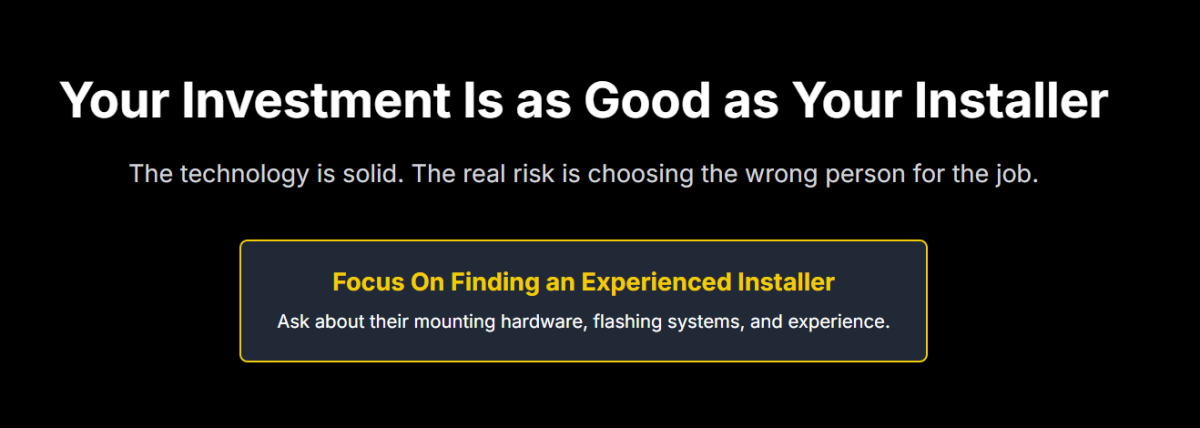
Your Investment Is as Good as Your Installer
After 25 years, you can expect your solar panels to be producing at around 85-90% of their original capacity. That’s a solid, reliable performance for an investment that often pays for itself in 6-10 years.
The health of your roof over that same period comes down to one thing: the quality of the installation. A professional job using modern mounting and flashing systems will not cause leaks or damage. It can even help preserve the part of the roof it covers. The real risk isn’t in the technology; it’s in choosing the wrong person to install it.
Your focus should be on finding an experienced installer who can prove they know how to protect your roof for the long term.
Have more questions? Drop a comment below or reach out to us at SolarEnergies.ca. Canada goes Solar.

